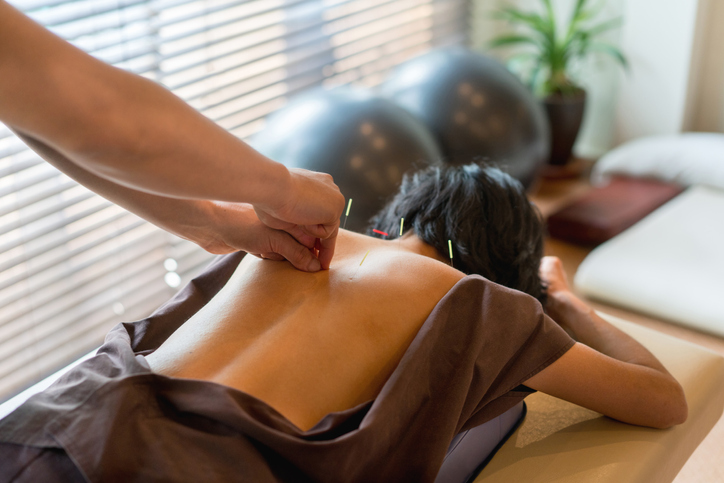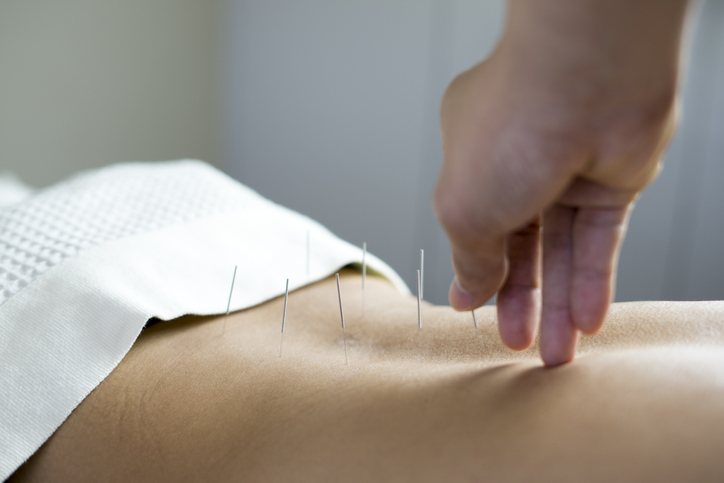Treatments
What to Expect From Cupping Treatment

What is cupping?
Cupping is a traditional Chinese medicine practice that has been used for thousands of years. It involves placing special cups on the skin to create suction, which increases blood flow. The goal is to reduce inflammation and promote healing. It is also thought to promote the flow of Qi (life energy) in the body and balance positive and negative qualities known as yin and yang.
What does a cupping treatment session involve?
During a cupping treatment, suction is applied to the skin for several minutes at a time. The suction is created by placing a heated cup on the skin. As the air inside the cup cools, a vacuum is created which pulls the skin up and draws blood and other fluids to the area under the skin. This is known as dry cupping. Wet cupping is very similar but includes making tiny cuts in the skin in order to remove small amounts of blood. During a typical cupping session, three to seven cups are applied to the skin.
Most individuals do not experience pain during a cupping session although mild discomfort or pinching may be experienced when the cup is applied. Some individuals may feel lightheaded or dizzy during or immediately following cupping treatment. This feeling may be accompanied by sweating or nausea.
Potential benefits
Cupping may help ease muscle soreness, tension, and pain, especially chronic neck or back pain. Cupping treatment may also help with other acute and chronic conditions, such as headaches or migraines, acne or other skin conditions, and stress or anxiety. It may take more than one cupping session to achieve the best results.
Aftercare
During a cupping treatment, the force of the suction from the cups breaks open tiny blood vessels under the skin. This causes circular, bruise-like discolorations that fade over the days and weeks after treatment. These discolorations should not be painful to the touch. If wet cupping was done, antibiotic ointment and bandages may be applied to prevent infection and promote healing of the tiny cuts.



















